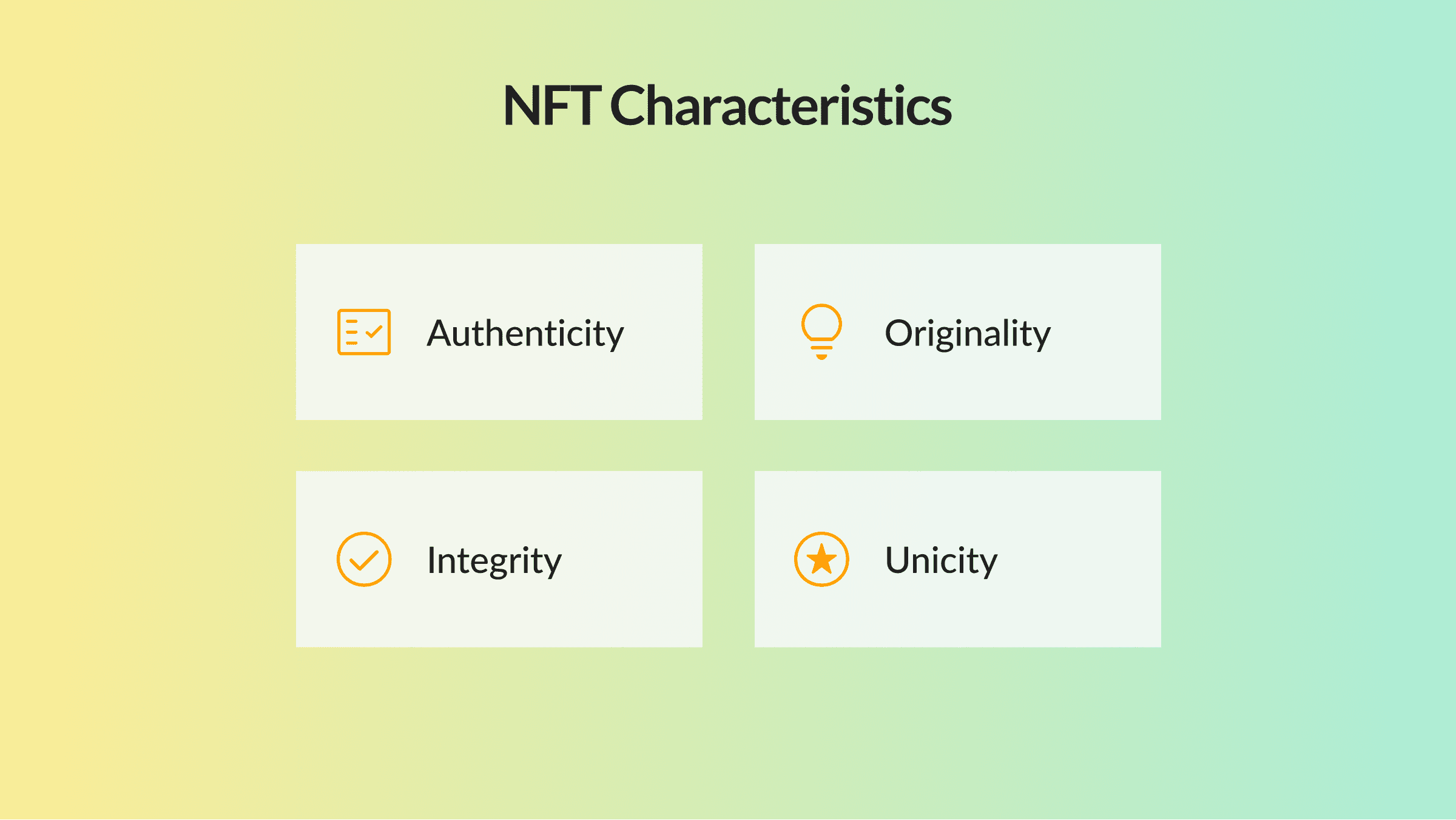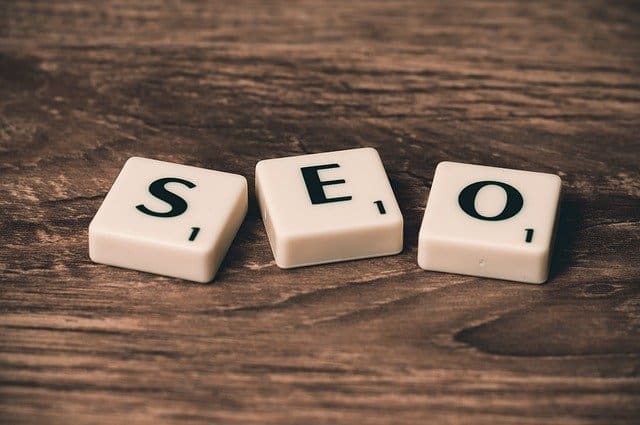
When we talk about the native advertisement, we are talking about advertising in the new media. Native ads are paid content which is created by advertisers, with the intention to promote the product but seem as non-sponsored content. Due to perfect integration in the publisher website, it looks likes the content of the website having a small label of sponsored, to display it as branded advertisement. This model was initially used by Buzz Feed and gain wider acceptance. The basic idea behind native advertisement is that, if you create quality content people will definitely read and appreciate it.
Benefits of Native Advertisement:-
In the native advertisement, sponsored content is mixed with the regular content of the website, it follows the tone of website and target readers to read and share it, by presenting something useful from them. In this approach of digital marketing, advertisers are not required to publish traditional ads which look messy on the websites or mobile apps. The majority of webmasters and mobile app developers accept native ads in some way. Publishers cannot manage the web on a just subscription fee, even most of the websites offer free content for readers. Native advertisement model helps them in managing their business, with having substantial income.
Digital marketing world is very competitive, people often said that chances of having a click on the promoted banner are equal to having an airplane crash. In this situation of haziness, brands anxiously search to find the new ways for advertisement. Informative content helps marketers to make their brand striking. It also helps advertisers to derive attention of the visitor in a usual way and native ads get more clicks as compared to banner ads. Readers normally visit any particular website to read the topic of their interest. Informative content blend with the native ads has a tendency to fulfill their need.
Ethics of Native Advertisement:-
The major ethical issue arises with the native advertisement is the age of readers. Readers have dissimilar attitudes towards native advertisement. Readers with the younger age bracket have less likeness for being deceived, they are more rooted with the tonnes of promoted content, so those brands that aim to target younger audience should adopt native ads strategy. This type of content can influence the perception of readers. If the content is related to the frivolous topic, like traveling, lifestyle or cooking, readers openly accept sponsored content in these areas. If it is on serious issues like law, politics or economy, readers perceive resentful with such content and assume this across ethical boundaries. With the native ads, the advertiser has to make sure that content must not appear like ads because readers don’t like to read the content which is full of ads. This can also affect the credibility of publisher.
Follow the Best Practices:-
Native advertising strategy, present an advertisers as a mentor in front of their customers. The most successful form of native ads is blog posts (sponsored) sponsored articles and sponsored updates on Facebook and Twitter. As compare to traditional ads, native ads are more effective and have higher engagement rate. So business should invest a substantial portion of their marketing budget on native advertisement and find the right publisher for their content.








